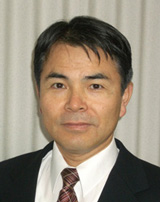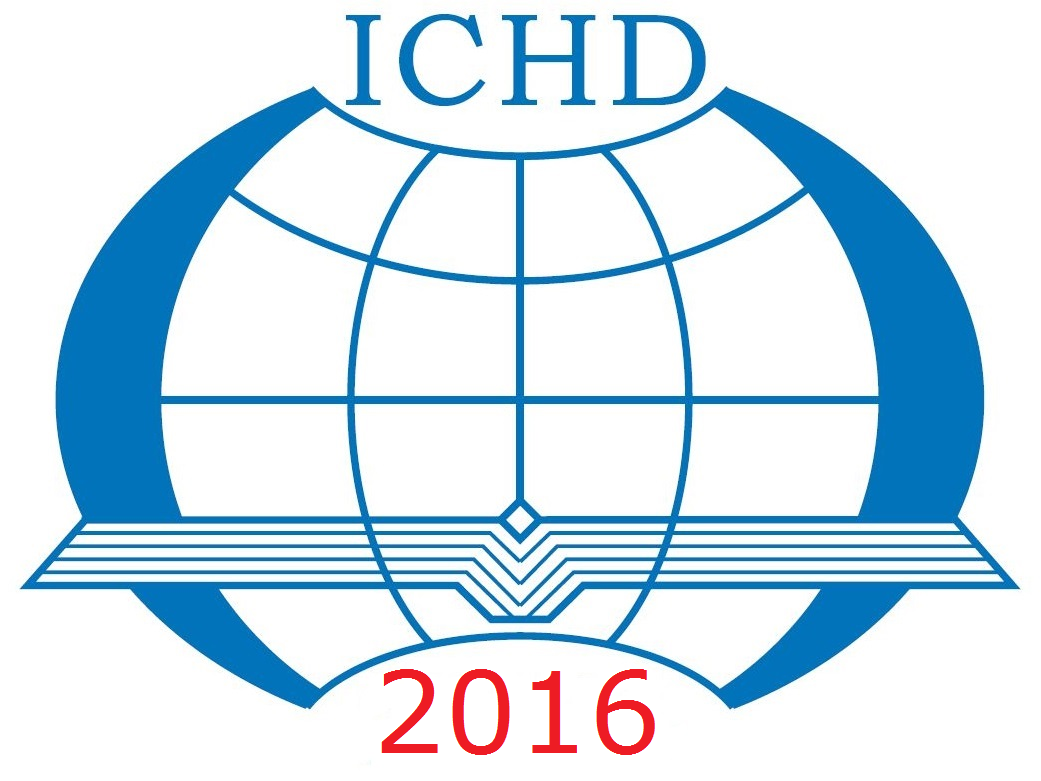| Prof.dr. Arthur E.P. Veldman University of Groningen Arthur Veldman obtained a Ph.D. in Applied Mathematics from the University of Groningen. In 1977 he joined the National Aerospace Laboratory NLR in Amsterdam, where he was involved in various projects in the area of computational aero- and hydrodynamics. In addition, between 1984 and 1990 he was part-time professor of CFD at Delft University of Technology. In 1990 he returned to Groningen, where he occupied the chair in Computational Modelling until his retirement in 2013 Simulating the interaction between free-surface flow and freely-moving objects in space and at sea Flow problems involving free liquid surfaces interacting with moving bodies are abundant in the world around us. Not only each ship at sea has to deal with this phenomenon when challenging the waves, but also transport (rail)road vehicles carrying liquids (cargo, fuel) and spacecraft (propellant, coolant). Aquatic swimmers employ the interaction with the surrounding water for their propulsion. The numerical study of the phenomenon, termed fluid-solid body interaction, has shown a fast progress in the capabilities of methods for Computational Fluid Dynamics CFD: flow models, discrete algorithms, computer performance. In the lecture we will present some highlights in a development that started 40 years ago at the Dutch National Aerospace Laboratory NLR, when an observation satellite was designed containing 20 percent mass as liquid coolant. Later, guided by the Maritime Research Institute MARIN, this development moved to maritime and offshore applications (like green water on deck, sloshing in LNG cargo tanks, moored TLP platforms and falling life boats). It crystallized in the ComFLOW simulation method. The physics involved is dependent on the application at hand. It may contain e.g. breaking waves and/or wave impact, turbulent flow, capillary effects or two-phase flow. The numerical side may profit from non-reflecting boundary conditions (cutting off the computational domain) or local grid-refinement (making efficient use of grid points). It will always need a stable numerical coupling algorithm between the flow dynamics and the dynamics of the moving body. Techniques to achieve the latter have been borrowed from aerodynamic research at NLR: the ratio between solid-body mass and added liquid mass plays a critical role. |
 |
| Prof. Masashi Kashiwagi Osaka University Masashi Kashiwagi is a Professor of Naval Architecture and Ocean Engineering at Osaka University. He received D.Eng. in Naval Architecture from Osaka University in 1984. He joined in 1983 Kobe University of Mercantile Marine and in 1985 moved to Research Institute for Applied Mechanics, Kyushu University, where he worked on various topics on seakeeping, hydroelasticity of very large floating structures, multiple-body interactions, strongly nonlinear hydrodynamics, and so on. In 2008 he returned to Osaka University, where he continues the research and education. Prediction Methods for Added Resistance and Seakeeping Performance of Ships in Waves Since the 1960s, much work has been made on the development of calculation methods for hydrodynamic radiation and diffraction forces, resulting wave-induced motions, added resistance, and so on. Starting with the strip-theory methods, we have developed various versions of the slender-ship theory in the 1970s and 1980s, such as the enhanced unified theory (EUT) and the high-speed slender-ship theory (HSSST). Some of them are put in practice use for predicting the seakeeping performance of a ship in waves. In fact, an integrated system for prediction and evaluation of the propulsion performance of ships in waves, which is called RIOS (Research Initiative on Oceangoing Ships), has been developed. The core calculation method in this RIOS system is EUT which is still being improved. In this keynote lecture, some noteworthy points in the RIOS system will be explained, particularly accurate calculation methods for the wave-making component in the added resistance based on the Maruo’s ‘exact’ formula. In order to deepen physical understanding on the hydrodynamic mechanism in the added resistance, research has been done using the unsteady wave-pattern analysis; some of the important results obtained from this research will be addressed. Furthermore, recent studies using the 3D Rankine panel method will be introduced for making it a practical tool, enabling us to compute for all values of parameters such as the frequency and incident angle of an incoming wave, the forward speed of a ship, and so on. |
 |
KEYNOTE SPEAKERS

